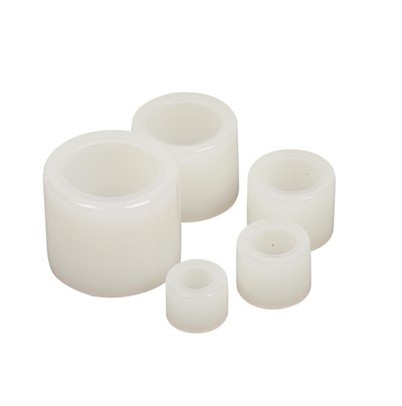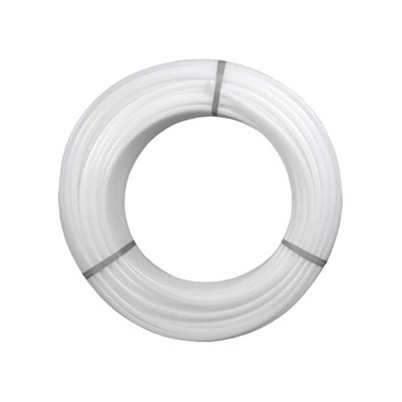Polyethylene pipe technology
Leave a message
Polyethylene plastic pipes are mainly divided into two categories: high-density polyethylene HDPE (low-pressure polyethylene) and low-density polyethylene LDPE (high-pressure polyethylene). The application of polyethylene materials is very broad, and the field of pipes is only an important aspect of polyethylene application. Due to the differences in physical properties between HDPE and LDPE, the two materials have different applications in the field of pipes: low density polyethylene (LDPE) has good flexibility. However, the compressive strength is relatively low, so it can only be used for low pressure and small diameter pipes. It is often made into coils and used for rural water improvement and some non long-term use occasions. However, high-density polyethylene (HDPE) has good compressive performance, So it is widely used in the field of pressure pipes (such as PE80 and PE100). The common interpretation of PE80 is that the material pipe is not damaged after 50 years of continuous compression at 20 ℃, and the minimum required strength for the pipe wall is 80MPa, and so on. In the early stages of plastic pipe development, the use of polyethylene pressure pipes was much smaller than that of polyvinyl chloride, high-performance and high-strength polyethylene pipes. With the emergence of new HDPE materials and technologies, this cost (weight) The difference has undergone significant changes. With the emergence of second-generation polyethylene pipe materials (equivalent to PE80) and third-generation polyethylene pipe materials (equivalent to PE100), the weight of polyethylene pipes of the same length is only 93% of the weight of UPVC pipes under the same diameter, 200, and pressure level and conditions. Therefore, the second and third generation polyethylene pipe materials not only significantly improve the minimum required strength of PE, but also improve its resistance to environmental stress cracking, with significant crack growth resistance. More importantly, under the same operating pressure, they can reduce wall thickness and increase the conveying cross-section. By increasing the pressure used under the same wall thickness, the transportation capacity can be improved (for example, when transporting natural gas under the same wall thickness, the transportation pressure can reach 10 bar using PE100 polyethylene pipes, and only 8 bar using PE80 polyethylene pipes). With the improvement of polyethylene technology, economic benefits are increasing. Recently, it has been reported that the fourth generation polyethylene pipe material PE125 has been successfully developed, which can predict that larger diameter and more economical polyethylene pressure pipes will have a wider range of applications.







